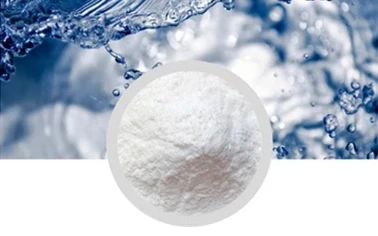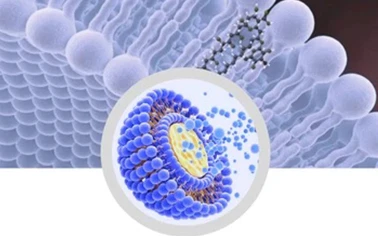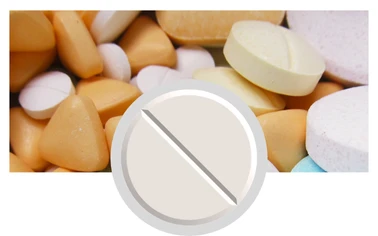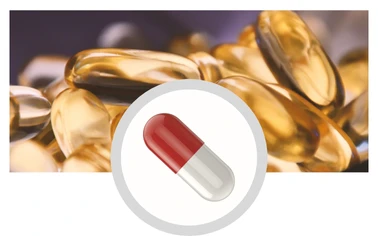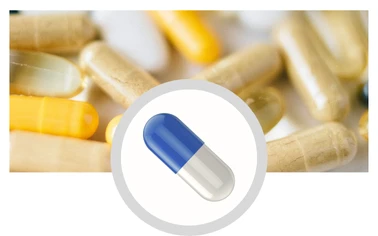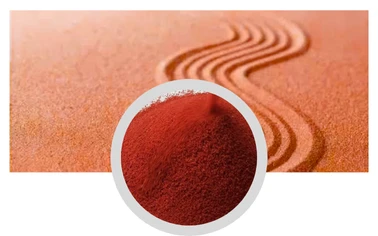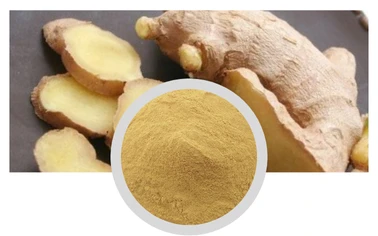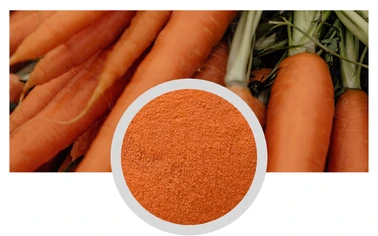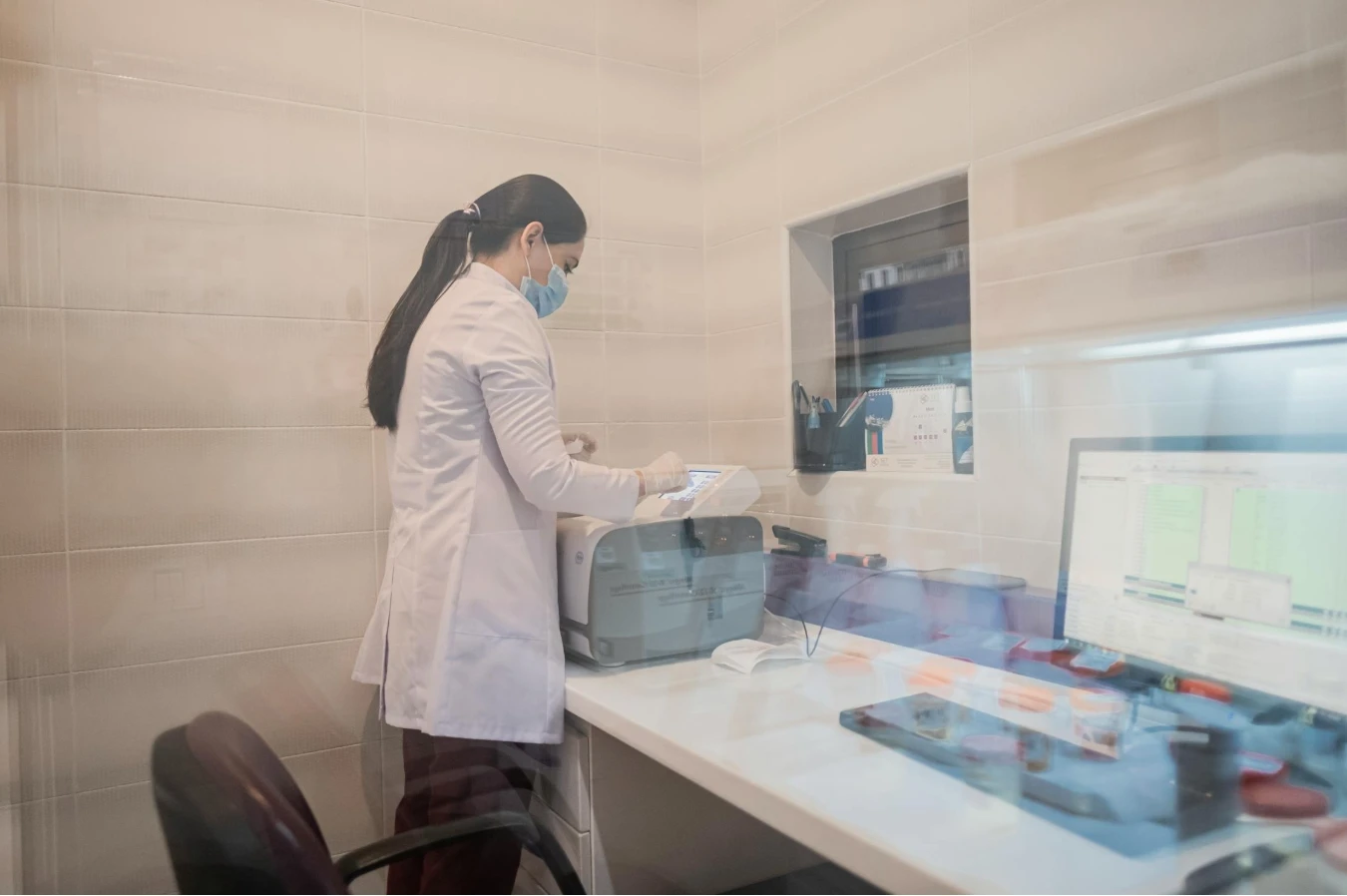Comprimés de médicaments enrobés have become an essential innovation in the pharmaceutical industry. The process of coating tablets enhances their effectiveness by offering protection to the active ingredients, ensuring stability, and controlling the release of the medicine into the body. The coating provides an additional barrier that shields the medication from environmental factors such as moisture, light, and oxygen, which could degrade the active compounds. Comprimés de médicaments enrobés are also designed to protect the digestive system from harsh substances and help with the precise timing of drug release. This innovation not only improves the bioavailability of the drug but also provides patients with a more convenient and safer way to consume medication. As a result, comprimés enrobés are commonly used for extended-release formulations, where the medication is gradually released over time.
Compressed Coated Tablet
A compressed coated tablet is a type of medication formulation that combines a tablet with a coating layer. The outer layer serves to protect the inner contents from external factors, while the core tablet contains the active pharmaceutical ingredients (API). The compressed coated tablet is created by compressing both the core tablet and the coating together, forming a solid and stable tablet that is resistant to cracking and damage. This type of tablet is ideal for medications that require controlled release or protection from the stomach acid, ensuring that the drug is delivered to the specific area of the digestive system where it can be absorbed most effectively. The process of compressing the coating with the tablet allows for the creation of precise formulations, ensuring the medication is effective, safe, and easy to administer.
Tablet and Tablet Coating
Understanding the relationship between tablet and tablet coating is crucial in the development of pharmaceutical products. The tablet and tablet coating work together to provide a drug delivery system that maximizes the medication's effectiveness. The coating not only protects the active ingredients but also allows for the precise timing and controlled release of the drug. Tablet and tablet coating systems can be designed to allow the active ingredient to be released at different times or in different parts of the gastrointestinal tract, depending on the drug’s intended effect. The coating may also be used to mask the taste of the medication or make it easier to swallow. As technology advances, more complex tablet and coating designs are being developed to address specific needs in patient care, such as targeted drug delivery and the release of multiple ingredients at different rates.
Tablet Coating in Pharmaceutical Industry
Enrobage des comprimés dans l'industrie pharmaceutique is a critical process that ensures the safety, efficacy, and patient compliance of medications. Coating helps to enhance the stability and shelf-life of the tablets by providing a protective barrier. This is especially important for drugs that are sensitive to moisture, air, or light. Additionally, enrobage de comprimés dans l'industrie pharmaceutique is used to control the release of active ingredients, enabling sustained or delayed release, which improves the therapeutic efficacy of the drug. Different types of coatings, including sugar, film, and enteric coatings, are used based on the type of medication and the desired release profile. Enrobage des comprimés dans l'industrie pharmaceutique is not only essential for drug stability but also plays a role in branding, as coatings can be used to differentiate products by color or texture. As pharmaceutical companies continue to innovate, tablet coating technologies evolve, offering new solutions for a wide range of drugs and patient needs.
Coated Medicine Tablets FAQs
What are coated medicine tablets?
Comprimés de médicaments enrobés are tablets with an outer layer that protects the active ingredients, helps with controlled release, and shields the drug from environmental factors.
What is a compressed coated tablet?
A compressed coated tablet is a tablet with a protective coating that is formed by compressing both the coating and the core tablet together, allowing for stability and controlled drug release.
How do tablet and tablet coating systems work together?
Tablet and tablet coating systems combine to enhance the effectiveness of the medication by controlling the release time and protecting the drug from environmental factors, improving patient compliance.
Why is tablet coating important in the pharmaceutical industry?
Enrobage des comprimés dans l'industrie pharmaceutique helps to protect the drug, control the release of active ingredients, and extend the shelf life, ensuring the drug's stability and efficacy.
What are the different types of tablet coatings?
There are several types of tablet coating including sugar coatings, film coatings, and enteric coatings, each serving a specific purpose based on the drug’s needs and the desired release profile.
Post time:Mai - 07 - 2025



